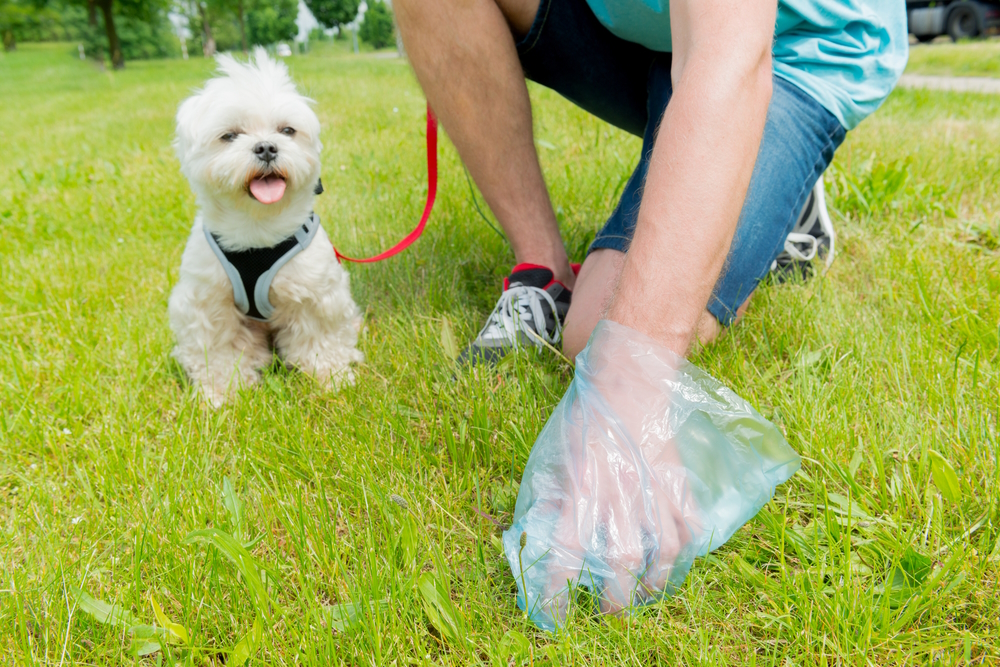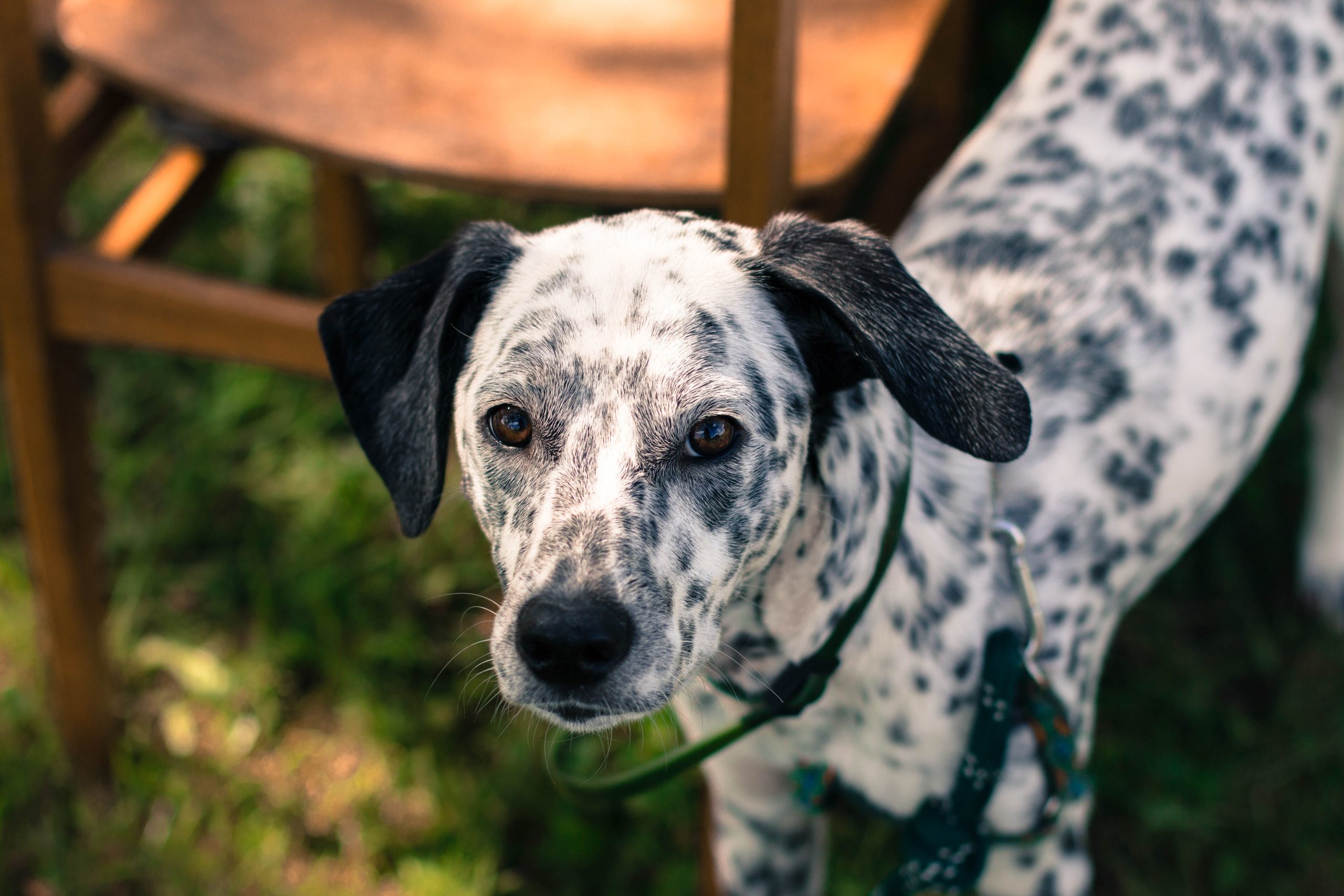There are many things your dog can get into that wreak havoc on their coats, but sap pretty much tops the list. In addition to the stickiness that makes sap hard to remove, it can also accumulate pine needles, dirt, sand, and other debris.
If your dog has sap in their coat, it’s relatively easy to remove but requires patience from you and your furry friend. Here are our tips for removing sap and how to prevent it happening in the first place.

Before You Start: Get Some Supplies
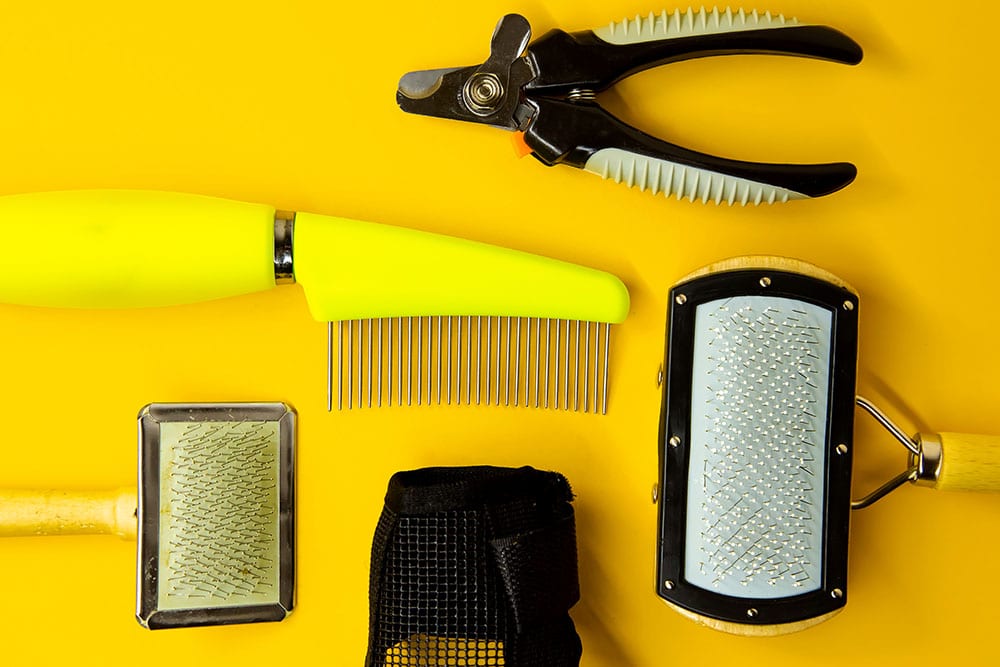
You definitely want to get some things sorted beforehand, including a good number of yummy treats to keep your pet occupied. A LickiMat with dog-safe peanut butter on it is a good place to start. The following supplies will help you get that sap out of your dog’s hair:
- Dog-safe shampoo
- A pet-safe oil, like olive oil or coconut oil
- A hair dryer
- A wide-toothed comb
- Dog clippers or beard/hair trimmers (optional)
Step-By-Step Guide on How to Remove Sap From Your Dog’s Coat
Now that all your supplies are ready, you can start the process of removing the sap from your dog’s coat and paws.
1. Soften Hard Wax
If the sap has hardened, it will be much more difficult to remove so try to remove it while it is still soft. If your dog will tolerate it, a hair dryer on a low, warm setting is helpful for softening the sap and making it easier to remove. Make sure to keep the dryer about 12 inches from your dog and move it around to avoid the area getting too hot.
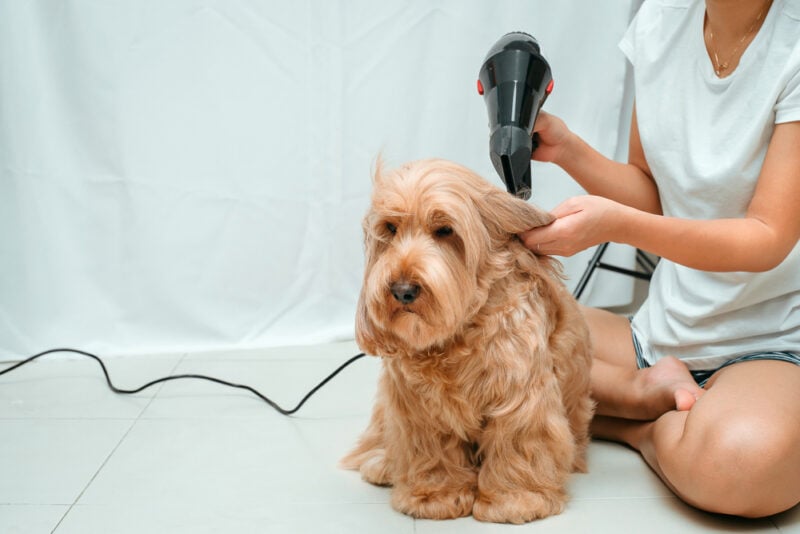
2. Treat With Oil
Olive oil or coconut oil is safe for your dog’s coat and can help loosen the sap. Massage the oil into the affected area and leave it to sit for a few minutes. Make sure you only use oils that are safe for dogs, as your dog may lick some of the oil during this process.
3. Comb Out the Sap
Once the oil has had a chance to work on the sap, use your fingers and a wide-toothed comb to slowly and carefully work the sap out of the fur. You can wipe the comb and your fingers on a towel as you go to avoid things getting too messy.
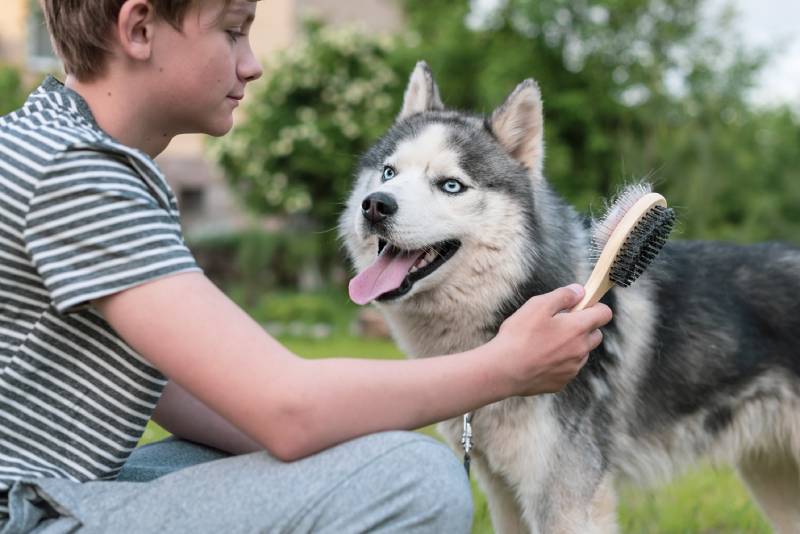
4. Consider Trimming the Tough Spots
If there are stubborn areas where the sap won’t soften, you can trim the hair with clippers to take the sap out. You have to be extremely careful not to cut too close to the skin, so only do this if you feel comfortable and your dog is sitting quietly. Don’t use scissors because the risk of accidentally snipping your dog’s skin is too high.
5. Give Your Dog a Bath
Once you have all the sap out, you can give your dog a bath with dog-safe shampoo, which is effective while also being gentle on your dog’s skin and coat. You may need to shampoo the affected areas more than once to get all the remaining sap and oil out. Do your best to spot-clean those areas to avoid stripping the natural oils out of your dog’s coat with too many baths.
If you are looking for the perfect, pet-friendly shampoo and conditioner combo, we highly recommend the products by Hepper. With a soothing oatmeal shampoo, free of soaps and other harsh chemicals, and a cucumber and aloe scented conditioner, your pet's skin and coat will be smooth, hydrated, and irritation-free.
At Dogster, we’ve admired Hepper for many years, and decided to take a controlling ownership interest so that we could benefit from the outstanding products of this cool pet company!
6. Remove Sap From Paws
The process to remove sap from paws is similar to the coat, but it may take a little more care and attention, particularly in those pups that don’t like their feet being touched. If your dog allows, massage the area with oil and work it out with your fingers or a comb, then use your dog shampoo to wash the area.
If you encounter stubborn spots on the paws, such as around the nails or paw pads, you can try clipping the hair carefully with dog trimmers. This can be challenging, so make an appointment with a groomer or your vet if you’re not comfortable.

What NOT to Use to Get Out Sap
Sap can be a stubborn issue to deal with, but it’s important to stick to safe, gentle methods to remove it. Astringent solvents, chemical detergents, petroleum-based products and alcohol shouldn’t be used on your dog’s skin, as they can cause irritation to the skin and be toxic if the dog licks the area. They’re also not as effective as oils combined with dog-friendly shampoo.

Is Sap Dangerous for Dogs?
The longer you wait to wash the sap out, the harder it will be. Many tree saps are fine, if a bit annoying, but some are mildly toxic to your dog. Pine sap can cause itchy hotspots, rashes, or allergic reactions if you leave it be. Dogs can also develop skin irritation from the hair being pulled or excessive licking.
If your dog ingests some of the sap, it can cause stomach upset, vomiting, lethargy, drooling, or lack of appetite. If your dog has an adverse reaction after ingesting sap, contact your vet.
How to Avoid Your Dog Getting Into Sap
If your dog is keen on exploring and you have a lot of sap-producing trees, it can be difficult to avoid them getting into it.
It’s often easier to restrict access to the trees on your property with small decorative fences around the base. You could also walk your dog on a leash during the sap-producing season, which runs from spring to early summer. The sap production typically slows down in fall and winter.
With long-haired dogs, trimming the problem areas is a good preventative measure. You can trim around the paws and ears, which are challenging to clean properly and can be uncomfortable for your dog.
Avoid shaving your dog completely, however. Their coats serve an important purpose to regulate temperature, prevent sunburn, and protect against environmental irritants. You can discuss your trimming options with your vet or groomer to ensure that you’re preventing sap buildup without damaging your dog’s coat.
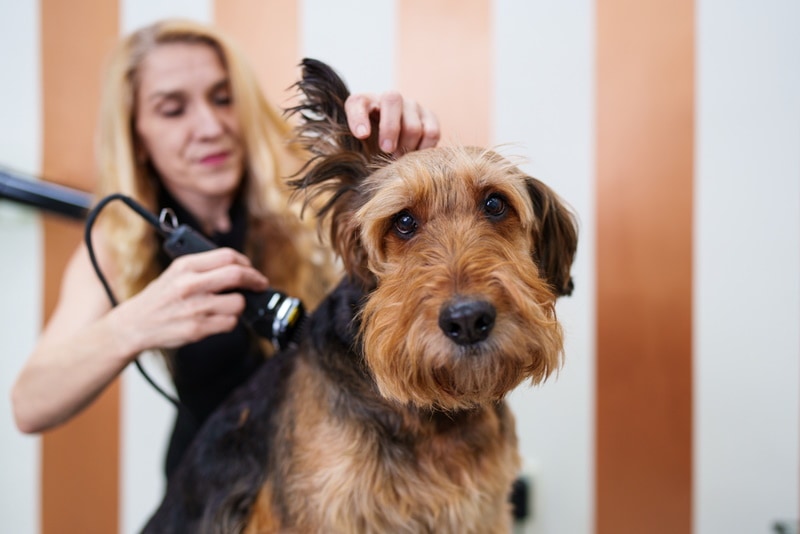

Conclusion
Tree sap can be a big problem in the spring and summer, especially for long-haired dogs. Any sap in your dog’s coat is a nuisance, but some may even cause skin irritation or digestive upset if your dog licks them. You can take steps to avoid your dog getting into sap, but if it does happen, these tips can help you get rid of it fast.
Featured Image Credit: chrisukphoto, Shutterstock
Contents
- Before You Start: Get Some Supplies
- Step-By-Step Guide on How to Remove Sap From Your Dog’s Coat
- 1. Soften Hard Wax
- 2. Treat With Oil
- 3. Comb Out the Sap
- 4. Consider Trimming the Tough Spots
- 5. Give Your Dog a Bath
- 6. Remove Sap From Paws
- What NOT to Use to Get Out Sap
- Is Sap Dangerous for Dogs?
- How to Avoid Your Dog Getting Into Sap
- Conclusion








